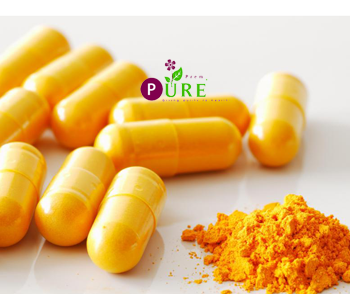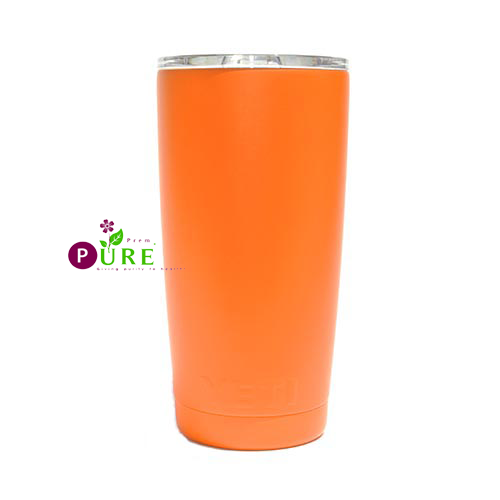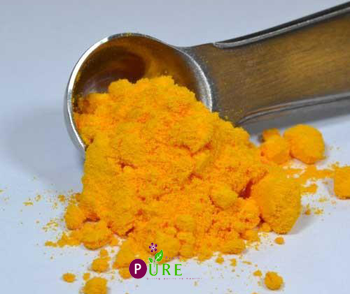 Coenzyme Q10
Coenzyme Q10
Test Methold: HPLC
Appercance: Yellow or Orange Powder
C.A.S NO.: 303-98-0
EINECS NO.: 206-147-9
Synonyms: Ubiquinone 10; Ubidecarenone
Molecular formula: C59H90O4
Molecular weight : 863.36
Melting point: 48-52ºC
Specification: Water soluble( food grade )- CWS 10%,20%,40%
Coenzyme Q10 98%
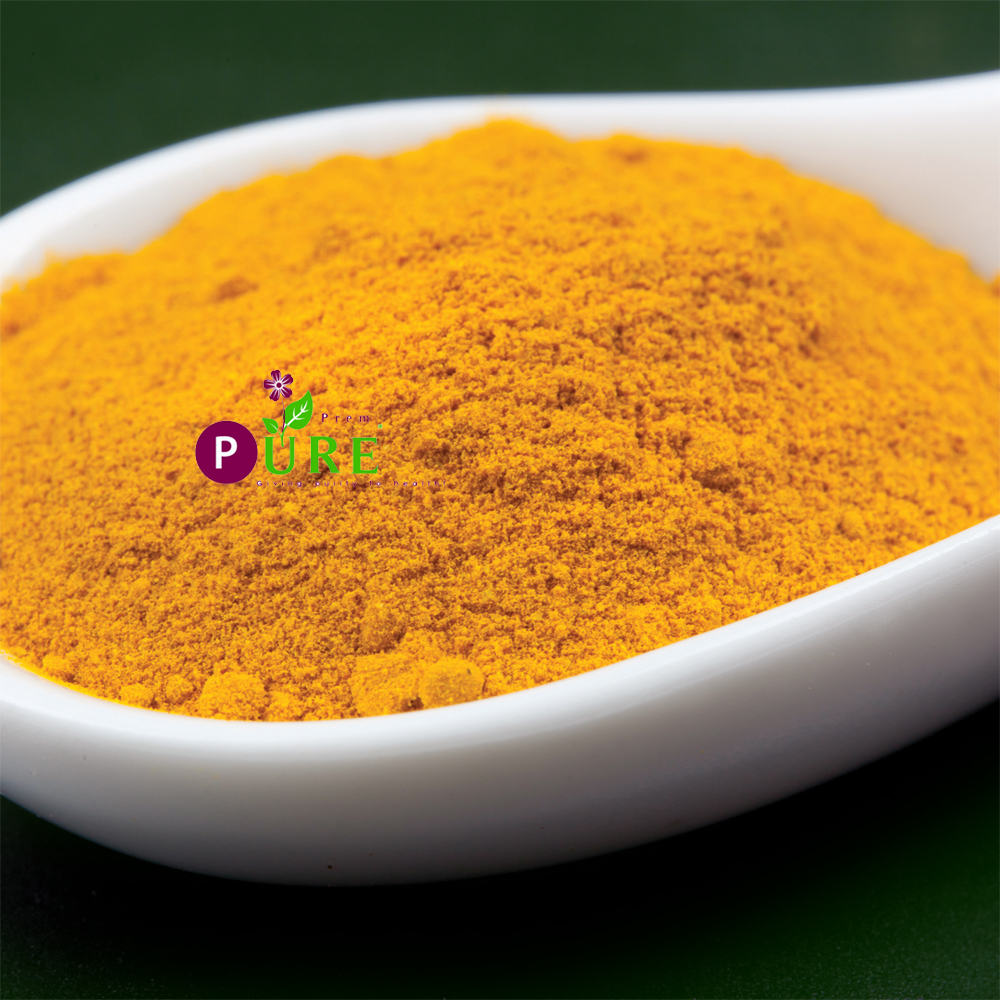
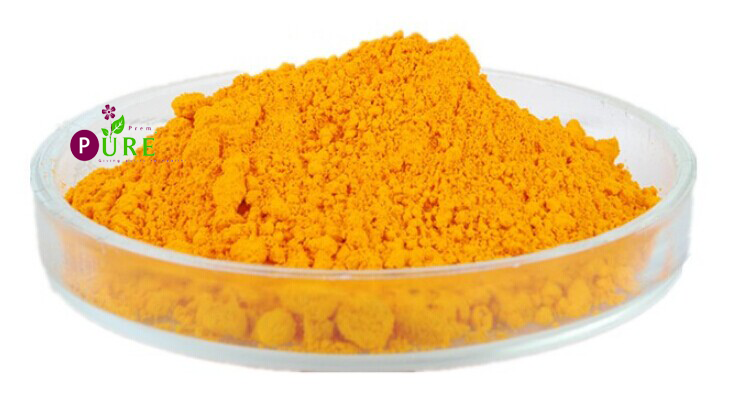 Introduction
Introduction
Coenzyme Q10, also known as ubiquinone, ubidecarenone, coenzyme Q,
and abbreviated at times to CoQ10 , CoQ, or Q10 is a coenzyme that is ubiquitous
in the bodies of most animals. It is a 1,4-benzoquinone, where Q refers to
the quinone chemical group and 10 refers to the number of isoprenyl chemical
subunits in its tail.
This fat-soluble substance, which resembles a vitamin, is present in most eukaryotic cells,
primarily in the mitochondria. It is a component of the electron transport chain
and participates in aerobic cellular respiration,which generates energy in the form of ATP.
Ninety-five percent of the human body's energy is generated this way.
Therefore, those organs with the highest energy requirements—such as the heart,
liver, and kidney—have the highest CoQ10 concentrations.
Coenzyme Q10 are wildly used in:
1. Used as an antioxidant in cosmetics.
2. Used in nutrtion supplement, healthy foods and beverage.
3. Produce energy needed for cell growth and maintenance.
4. An treatment of disease of lungs and heart.
5. Can help to prevent for cancer, diabetes, parkinsonism etc.
5. Good additive for healthcare foods.
